The content of the article
An increase in temperature in a child is a fairly common symptom of many diseases. Moreover, sometimes the temperature rises in healthy children. In the case of any disease, it is necessary to adhere to a certain course of treatment, in case of other causes of fever, you can do without medication. You should learn more about why children develop a fever and how to get rid of it.
Temperature rise mechanism
The mechanism for raising the temperature is quite complicated. In the human brain there is a center of temperature regulation, it is located in the hypothalamus. When we catch a cold, the cells of the immune system produce interleukins - inflammatory mediators. They, acting on the hypothalamus, shift the temperature equilibrium in the direction of increasing temperature.
A similar mechanism works with any inflammation in the body. The temperature in this case can be from subfebrile to hectic (40-41 ° C). The severity of fever depends on the severity of inflammation and the reactivity of the body. Individual characteristics predetermine the fact that some people never have a cold when they have a cold, while others increase it quickly and significantly. Also, some metabolites of the body act on the hypothalamus, because the temperature can increase with endocrine disorders.
In addition, a failure of thermoregulation occurs if a person is in a stuffy room, in the sun or in a bathhouse for a long time. In children, the temperature rises faster than in adults. Another mechanism for the occurrence of fever is due to processes occurring inside the brain. Some people have strong emotions, feelings, and even thoughts that can affect the hypothalamus and raise the temperature.
It is worth considering that in children the hypothalamus is not yet fully formed. The body of a newborn child behaves completely like a cold-blooded one - it cools quickly at low temperature and heats up at high. In older children, thermoregulation is also not ideal. For example, if an adult enters a stuffy room, he begins to sweat and breathe more often, thereby cooling his body. The child still does not know how to do this, so he begins to have a fever.
Causes of fever
This symptom may appear due to various diseases, pathological conditions or non-pathological changes in the body. The most common causes of fever are:
- Cold. Conventional ARVI can contribute to a temperature increase from subfebrile numbers to persistent febrile condition. Children are more likely than adults to respond to respiratory infections by fever. By itself, a cold is not particularly dangerous if it is not flu. However, one should be wary of complications and be treated by a doctor.
- Pneumonia. This is the main complication of ARVI, although it occurs not only due to a respiratory infection. With pneumonia, the temperature can increase significantly and reach 40 ° C. In addition, if all the symptoms of respiratory depression are gone, but the cough and temperature remain, you should immediately consult a doctor.
- Intestinal infection. In children, it is found as often as respiratory. Like any other pathogen, intestinal infection gives rise in temperature. In this case, the child may have diarrhea, vomiting, loss of appetite.
- Inflammatory diseases. In children are less common than in adults. This can be appendicitis, pyelonephritis, cystitis and any other pathological condition. Especially high numbers of temperature gives pathology of the kidneys. All of them must be treated in a hospital.
- Thyrotoxicosis. So called endocrine disease, in which the level of thyroid hormones is increased. At the same time, metabolism is accelerated, the child quickly loses weight, he has tachycardia, tachypnea, an increase in eyeballs, hyperactivity, fever in the absence of inflammation or infection. Such a child is always hot.
- Rare tropical diseases. A fever can cause a disease such as malaria. Moreover, it is worth considering that in the CIS countries it also occurs. For this, only an mosquito of the genus Anofeles and a source of infection are enough. For example, if a neighbor visited Africa, where he contracted malaria, and then arrived home, he himself will not be able to infect a child. But, if the same mosquito with a difference of a month bites a neighbor, and after - a child, then the child will have malaria. The mechanism is complex, for our latitudes the disease is very rare.
- Psychogenic disturbances. Sometimes, in particularly sensitive children, the temperature rises simply because they are nervous. This is especially often observed in schoolchildren and adolescents. A psychotherapist should work with such children.
- Stay in the sun. In summer, children should go out exclusively in a headdress and play only in the shade. They are more likely than adults to receive heat and sunstroke. In this case, body temperature can rise to significant numbers.
- A stuffy room or warm clothes. Especially often, these factors cause a rise in temperature in children of the first year of life. Children perceive the ambient temperature differently from adults, but they are not always cold. The room should be warm, but not hot.
Ways to combat the temperature
To begin with, it is necessary to determine in which case you can not treat the child yourself. If there is even the slightest suspicion of an infectious or inflammatory process, you must consult a pediatrician. A child with a high temperature cannot be taken to the clinic, it is better to call a doctor home. If after five days of treatment the temperature does not decrease, and the cause of the disease remains unclear, they can even put him in the infectious ward in an isolated Meltzer box.
If the temperature is not caused by a serious illness, you can try to fight it yourself. The following proven methods exist:
- Let it be as it is. The advice sounds strange, but it is worth remembering that during the infectious process, temperature is a way of fighting the body. If a child has ARVI manifested by temperature, you can not touch it at all. Up to 38 ° C in children older than 5 years, you can not bring down anything. The fact is that at high temperatures, bacteria and viruses multiply worse, which helps the immune system get rid of them. The only condition is that the child feels normal, despite the fever.
- Reassure the baby. In some children, the temperature rises due to their excessive activity. The child runs, is overexcited, it is red and wet. If you measure his temperature, it will be high. And if it was high before, it will be even higher. A child with a temperature should observe bed rest.
- Cool it. This is especially true for infants. If the child is anxious, naughty and has a fever, most likely you just warmed him. Ventilate the room, open the baby and put on his clothes easier. Often this solves all the problems. The same thing can be done at a temperature in older children. The main thing now is not to overcool the child. There should always be a room thermometer in the nursery.
- Cool wiping. The old grandfather's method, which has not lost its relevance. It should be noted that the water temperature should be at room temperature (not less than 25 ° C). Wipe the baby with a damp sponge. In addition, you can pour it with cool water, but not sharply and in a satisfactory general condition.
- Drink plenty. The child can be given teas, juices and water at room temperature (in no case from the refrigerator!). Lusha give preference to citrus fresh juices, which contain a lot of salicylates, which reduce the temperature. You can also tea with raspberries, rich in vitamin C, or lemon.
There are many other ways to bring down the temperature, some of which can be dangerous for the child. Here is a list of what you can’t do:
- Wipe the baby with ice. This, of course, will bring down the temperature, but the process itself is more like torture. The child will be unpleasant, painful and cold. In addition, in this way you can aggravate a cold or catch a cold if he was healthy before. It is especially not recommended to apply ice to the head. There are special bags (bubbles) for ice, they can be applied. Just ice - you can’t.
- Cold wet socks. Another effective way to lower the temperature and earn pharyngitis or laryngitis. The fact is that the vessels of the pharynx and larynx are reflexively connected to the legs. If we supercool our legs, the vessels of this area are spasmodic and inflammation occurs. This explains why a child running through puddles yesterday has a sore throat. Because of the socks will be the same. It is worth remembering that laryngitis in children is extremely difficult.
- Wipe with alcohol or vinegar. A wonderful effective method that can lead to intoxication. Inhaling vapors of these liquids is not recommended even for adults, and even less so for children. In addition, with the help of alcohol and vinegar, you can easily leave a burn on the delicate baby skin. Better to do just water.
- Drink medicine with citrus juice. It may seem that the more funds fight the temperature, the faster it will decrease. This is so, but not in this case. Juice and drugs can together produce a severe allergic reaction up to anaphylactic shock. Therefore, first one thing, and after a couple of hours - another.
Thus, we can conclude that the temperature in a child can occur due to various reasons. If this is a serious disease that worsens the general condition, you need to contact a pediatrician. In other cases, you can try to lower the body temperature at home on your own. However, you should strictly adhere to the recommendations and not use prohibited methods.
Video: how to lower the temperature of children without medication



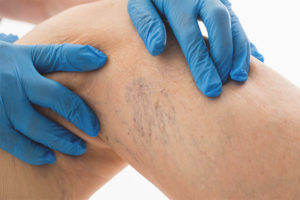

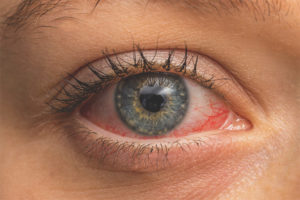

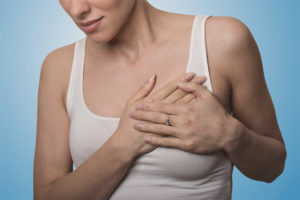
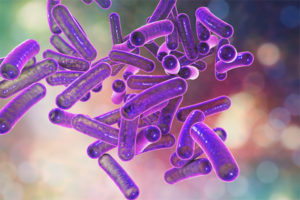
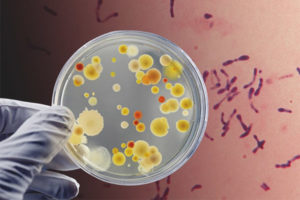

Submit